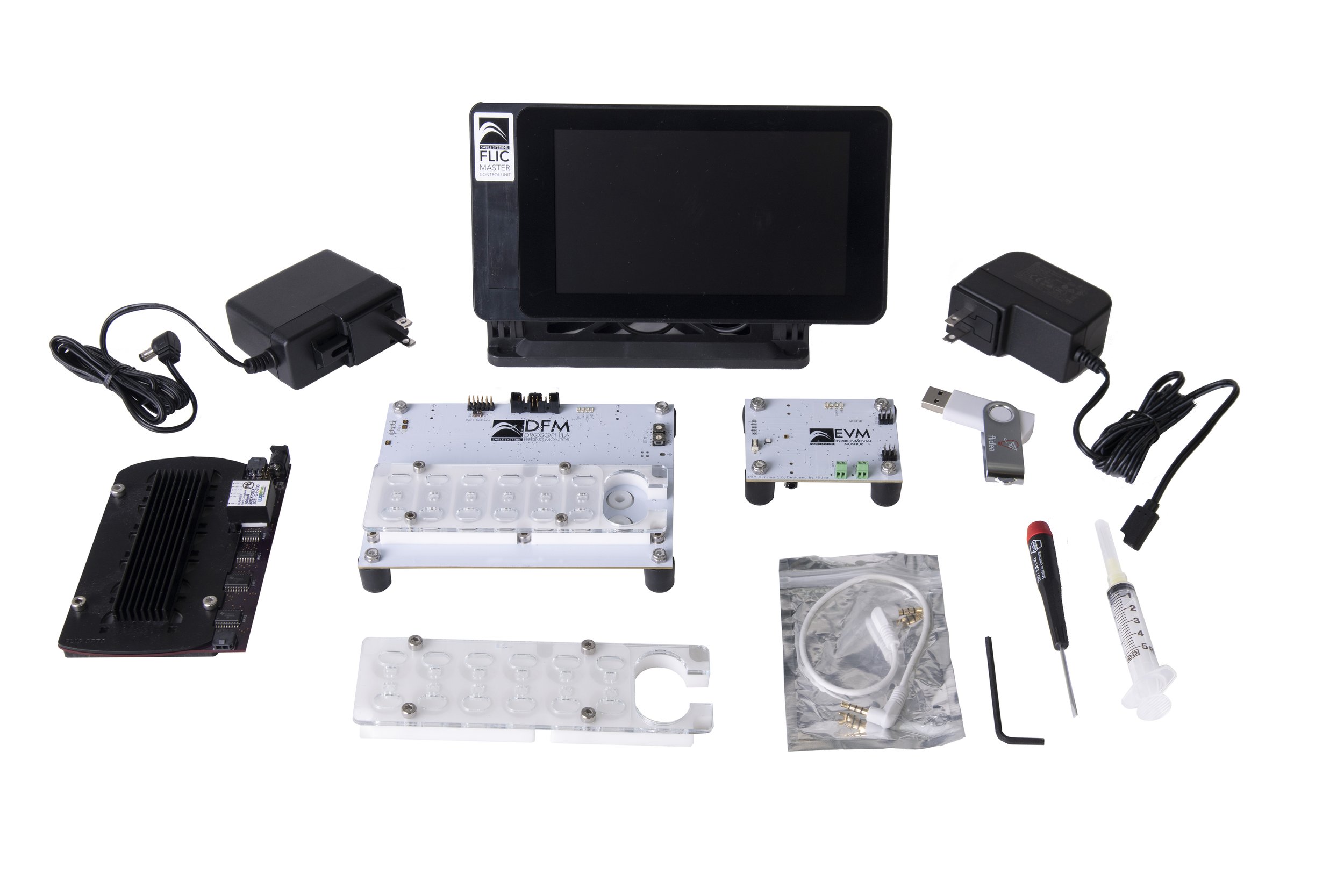The FLIC system
Birth story
Drosophila is a powerful model organism with rapidly evolving genetic tools. So much so that the technical advancements scientists made over the last several years enabled us to turn on and off a single gene or neuron at will and completely outpaced advancements in behavioral assays. Measurement of fly feeding behavior is one area that was overdue for improvement.
So three scientists from University of Michigan went back to the drawing board, combined their complementary skills in machinery, electronics, and software development to design the dream apparatus that could solve most of the problems. This is what ultimately became the FLIC (Fly Liquid-food Interaction Counter)!
The FLIC system is a complete hardware and software package for collecting and quantifying continuous measures of feeding behaviors in Drosophila.
Ro J, Harvanek ZM, Pletcher SD. FLIC: high-throughput, continuous analysis of feeding behaviors in Drosophila. Roman G, ed. PLoS ONE. 2014;9(6):e101107 doi:10.1371/journal.pone.0101107
Where is it now?
As of 2016, the FLIC system has been commercialized with Sable Systems International Inc. The system has been continuously improved and the latest version has been launched at the end of 2021! The latest version is compatible with a newly developed optogenetic accessory! For order information, contact Sable Systems.
As a courtesy, we have published FLIC analysis R scripts that can be used to explore and analyze FLIC data and maintained by Flidea. Please visit here to download the script and help files.
Do you want to modify the FLIC system for your own research need? Contact Flidea.
The dLife System
Birth story
Observing lifespan in large cohorts of age-matched individuals is how individual aging is manifest at the population level. Scientists are studying which genetic or environmental factors impact lifespan by conducting experiments with simple model organisms. Unfortunately manually recording who is dead or alive daily is laborious and not the best way to utilize skilled scientists' time. So Dr. Scott Pletcher, who has over 20 years of experience in aging research, came up with a set of tools to streamline and automate experimental setup, recording, and analysis of lifespan experiments. This became the basis for the dLife system.
Tried and tested aging experiments using fruit flies have been optimized over many years by the Pletcher lab members:
Linford, N. J., Bilgir, C., Ro, J., Pletcher, S. D. Measurement of Lifespan in Drosophila melanogaster. J. Vis. Exp.(71), e50068, doi:10.3791/50068 (2013)
dFlat: A 12-well hotel for housing groups of flies. Using the hotel and slider system, you can transfer flies onto new foods in a matter of second and avoid taking time to individually flip conventional vials.
Where is it now?
Currently the dLife system is customized for the fruit fly research as a tracking system for life/death of flies or point-of-observation of certain morphological traits of flies. It consists of a touchscreen-based tracker and a software package.
Please visit here to download the software and learn how to install the system.
Interested in the dLife system? Contact sales@flidea.tech!
We also developed dFlat, a 12-well housing unit, for high throughput assays where flies need to be aged. We are currently working with manufacturing and distribution partners for mass production.







